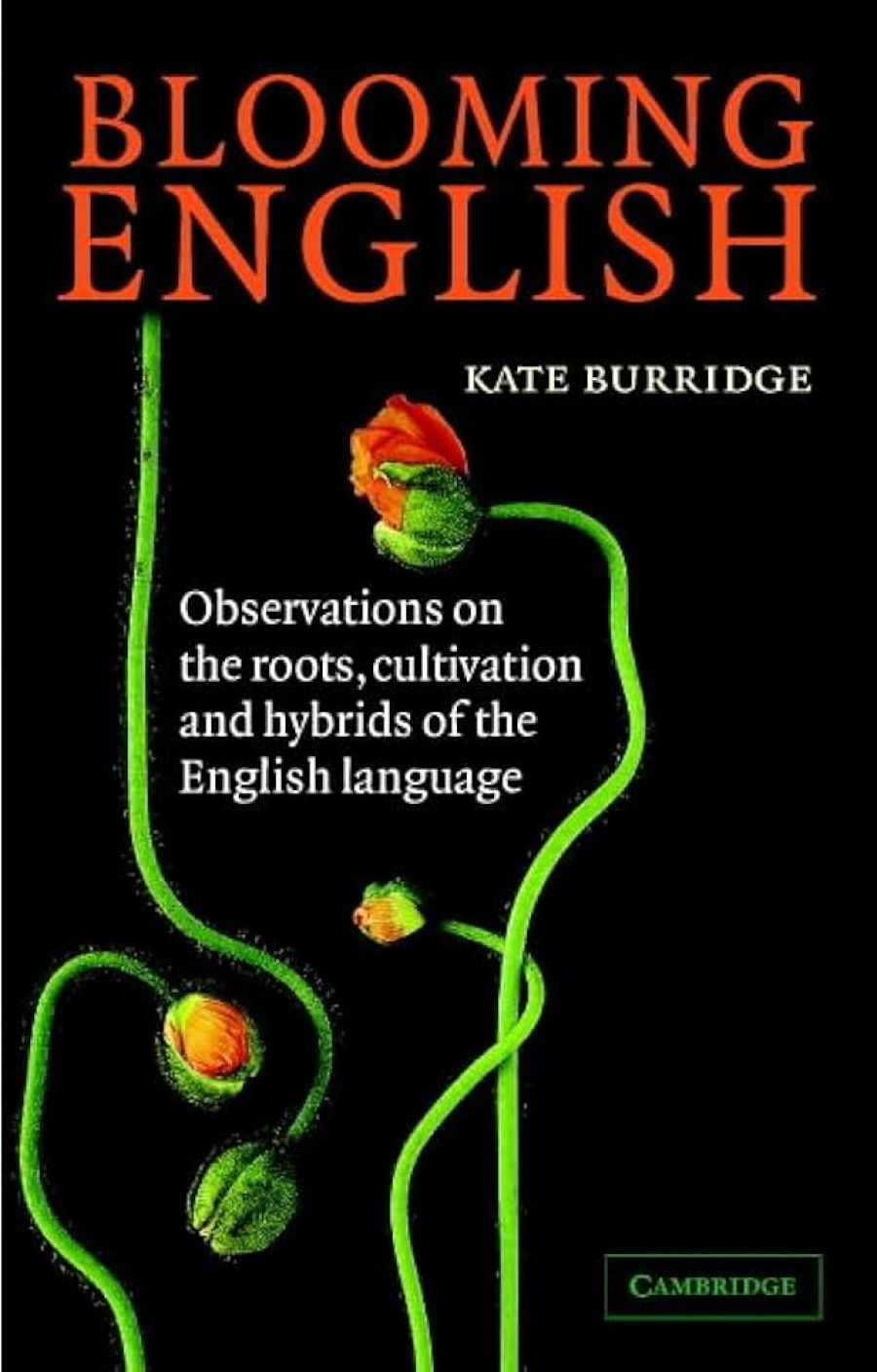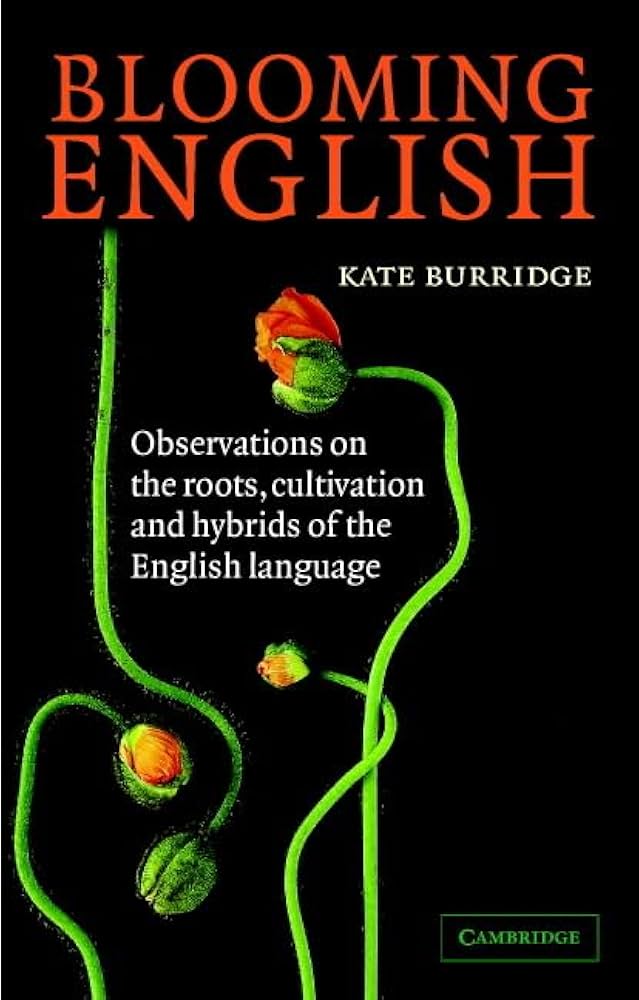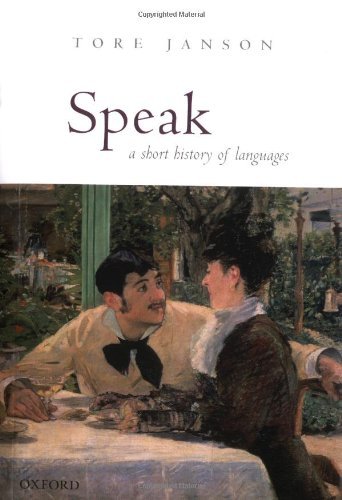
- Free Article: No
- Contents Category: Language
- Review Article: Yes
- Article Title: Ozymandian Lesson
- Online Only: No
- Custom Highlight Text:
These two books differ greatly in scope and style but they are both highly interesting and enjoyable. Tore Janson is concerned with the history of languages over the past 40,000 years and (in a brief coda to his argument) into the next two thousand years. Kate Burridge deals primarily with the present state of English, although, on many occasions, when she is explaining the present state of things, she examines the English of earlier periods. For example, two separate Old English verbs ended up, in a later period, being pronounced the same way, so that let meant both ‘to permit’ and ‘to prevent, stop’. Once this kind of thing happens, it is normal for English to discard one of the meanings. In this case, we discarded the sense ‘to prevent, stop’, although we have retained relics of it in the legal phrase without let or hindrance and in the tennis term let ball.
- Book 1 Title: Blooming English
- Book 1 Subtitle: Observations on the Roots, Cultivation and Hybrids of the English Language
- Book 1 Biblio: ABC Books, $24.95pb, 259pp
- Book 1 Cover Small (400 x 600):

- Book 1 Cover (800 x 1200):

- Book 2 Title: Speak
- Book 2 Subtitle: A Short History of Languages
- Book 2 Biblio: OUP, $49.95hb, 301pp
- Book 2 Cover Small (400 x 600):

- Book 2 Cover (800 x 1200):

At the beginning of his book, Janson explains how human speech differs from animal communication. Animal systems for signalling meaning are not very highly developed, and their limited number of signals are each used for one message only, whereas ‘human speech builds on the principle of combining a restricted number of sounds into an unlimited number of messages’. Burridge makes much the same point in a very different way:
Animals are ‘stimulus bound’. Typically they talk about nothing but the present moment and things they can see. Even bees, who do quite well reporting on the location of patches of nectar, can’t report on that awesome patch of nectar they visited last week, or wonder about the plight of rural bees in drought-stricken New South Wales. Bees can’t swap stories about great nectar sources they have known.
Janson’s book is a carefully and elegantly structured argument about the history of languages. It is not geared to a specialist audience, and is entirely free of linguistic jargon. Burridge’s book is a thematically organised selection of the 180 or so segments on language she has written over the years for ABC Radio’s Soundbank. Many of the topics dealt with have been raised by talkback callers, who often complain about changes in language. Burridge is aware of the different ways in which linguists and the general public view language: ‘While linguists might argue till they’re blue in the face that all constructions are equally good and that change and variation are natural and inevitable features of any thriving language - it just so happens that most of the general community don’t believe this is the case.’ Although the segments have been thematically grouped into sixteen chapters (such as ‘Language Change’, ‘Our Untidy English’ and ‘Dirty Words’), all of the segments are self-contained, and, as Burridge says in the Introduction, ‘this is a book meant for grazing and browsing.
The success or otherwise of the book therefore depends on the individual vignettes. Those who have heard Burridge on radio will know that she has a wonderful ability to make quite complex linguistic issues accessible to a general audience, often with the aid of wit and humour. Her pieces transfer well from the spoken to printed form. She explains, for example, how ain’t as a contraction of ‘am not’ came into the language at about the same time as can’t, won’t and don’t, and led a quite respectable existence for some centuries. But it fell from grace when it also came to be used as a contraction for are not, is not, has not and have not. In the process of disgracing, people became radically confused and, as a result of hypercorrection, started using are not where custom needed is not. The confusion persists: ‘Even those who wouldn’t be caught dead saying I are not or I aren’t say Aren’t I in the question form. It’s a curious little inconsistency in English that produces something like I’m not coming, am I but I’m coming, aren’t I. It’s little ain’t getting its own back on the standard language that condemned it.’
Janson (who was Professor of Latin, and later Professor of African Languages, at Göteborg University in Sweden) is interested in the relationships between language and identity, and language and power. Twelve thousand years ago, when all people were hunters and gatherers, there was probably about one language for every one or two thousand people. The history of languages has been a history of the relative reduction in the number of languages. A significant time of reduction was ten thousand years ago when farming and other technological changes transformed the lives of the hunters and gatherers, and the language of the controllers of farming became dominant, with the smaller languages disappearing. In later periods, the growth of large languages has been mainly due to the political power of a state. The history of Egypt under the Pharaohs demonstrates the importance of language in supporting a strong state, for ‘this country is the first instance of how a people speaking one language established a large state and dominated it for a long time’. The Greeks and Romans did much the same, and in the past thousand years nation states have developed their own languages (such as Italian and French) in order to cement notions of national identity. In some situations, new languages such as Creoles have recently developed, but the basic pattern continues to be the rise of large languages and the disappearance of small languages.
There has been much recent discussion about the globalisation of English, and the inevitability of it becoming the language of Earth. Will English triumph? Are we seeing the end of languages? We need to be cautious about this since, as Janson shows, for a long period Latin was a truly international language and, even now, ‘English is not nearly as well established as an international language as Latin was in Europe six or seven centuries ago’. English is significant in the world of technology, science, business and diplomacy, but it has the potential disadvantage, Janson argues, of not having any strong links to any of the great religions of the world. English has spread widely, but the number of speakers of English as a first language (about 341 million) is much the same as Spanish (358 million) and Hindi (366 million) and well below Mandarin Chinese (874 million). In the history of languages, English has been dominant for only a fleeting moment. Janson demonstrates how significant shifts of political power can dramatically alter the history of languages. Of the Greeks, he writes: ‘If anyone had predicted, in the year 400 BC, that Greek would become the official language of half the known world 100 years later he would have been rightly regarded as mad.’ A salutary and Ozymandian lesson.


Comments powered by CComment